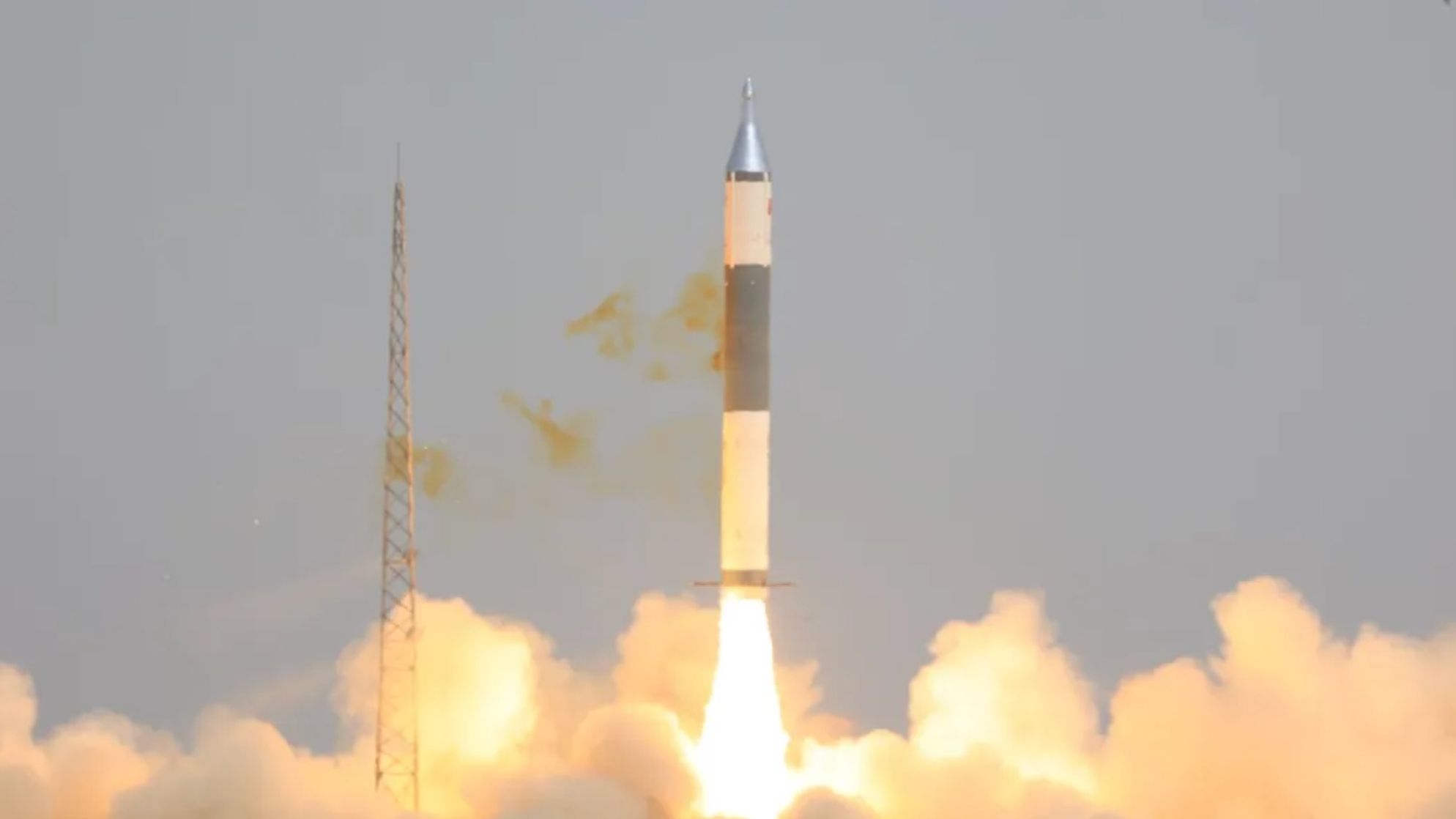China launches test satellite to very low Earth orbit (video)
Tuesday's liftoff was just the third ever for the Kuaizhou-11 solid rocket.
China launched four satellites on Tuesday (May 21) to test out new technologies.
A Kuaizhou-11 solid rocket lifted off into clear skies above Jiuquan Satellite Launch Center in the Gobi Desert at 12:15 a.m. EDT (0415 GMT, 12:15 p.m. Beijing time) on Tuesday. The China Aerospace Science and Industry Corporation (CASIC) confirmed launch success shortly afterward.
Aboard the rocket were four satellites. These included Wuhan-1, a remote sensing satellite developed by Wuhan University, and Chutian-001, a very low Earth orbit (VLEO) integrated remote sensing technology verification satellite. The latter satellite is part of a planned VLEO constellation of 300 spacecraft planned by CASIC.
Related: China launches mysterious Shiyan-20C satellite to orbit (video)

VLEO satellites, which circle Earth at an altitude of 93 miles to 186 miles (150 to 300 kilometers), promise advantages such as reduced signal travel time, stronger signal strength, lower power needs and reduced launch costs. These satellites, however, encounter greater atmospheric drag, requiring frequent use of onboard propulsion. They have a shorter lifespan and need frequent replacement.
The other two satellites that went up Tuesday were Tianyan-22, an atmospheric detection satellite, and Lingque-3 (01), a remote sensing satellite for the firm ZeroG Lab.
Tuesday's launch was just the third of the Kuaizhou-11, operated by CASIC subsidiary Expace. Its first launch, in July 2020, failed, before a successful second flight in 2022.
Get the Space.com Newsletter
Breaking space news, the latest updates on rocket launches, skywatching events and more!
China aims to launch around 100 times across 2024. The majority will be Long March rocket launches. Tuesday's flight was the country's 24th orbital mission of the year.
Join our Space Forums to keep talking space on the latest missions, night sky and more! And if you have a news tip, correction or comment, let us know at: community@space.com.

Andrew is a freelance space journalist with a focus on reporting on China's rapidly growing space sector. He began writing for Space.com in 2019 and writes for SpaceNews, IEEE Spectrum, National Geographic, Sky & Telescope, New Scientist and others. Andrew first caught the space bug when, as a youngster, he saw Voyager images of other worlds in our solar system for the first time. Away from space, Andrew enjoys trail running in the forests of Finland. You can follow him on Twitter @AJ_FI.









